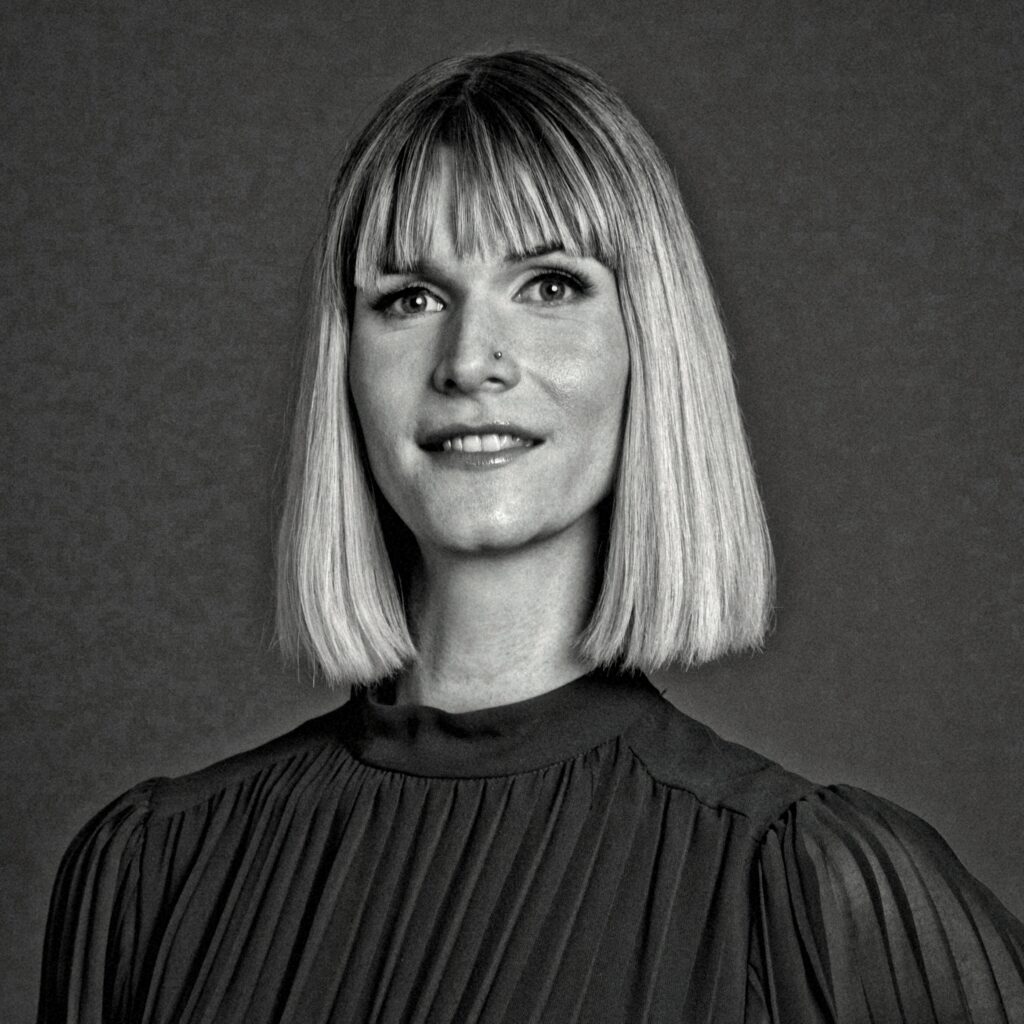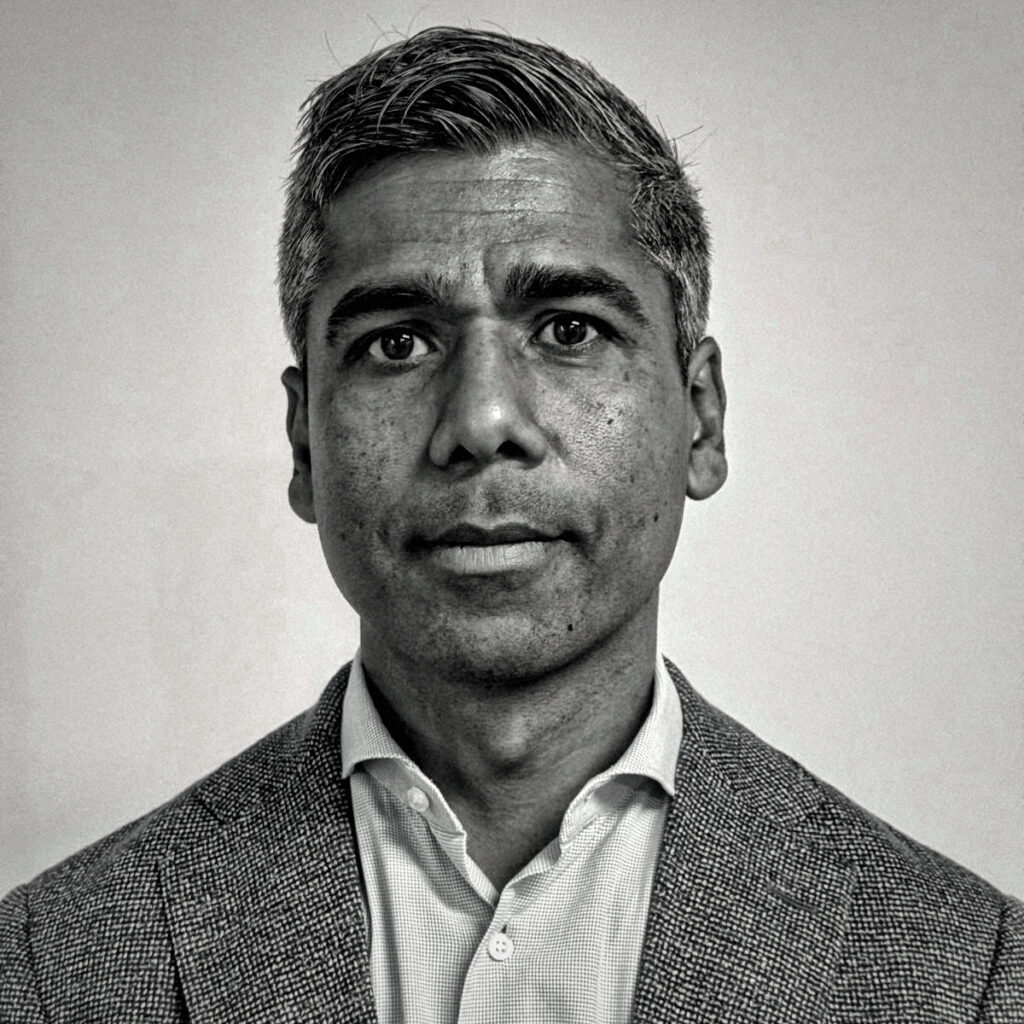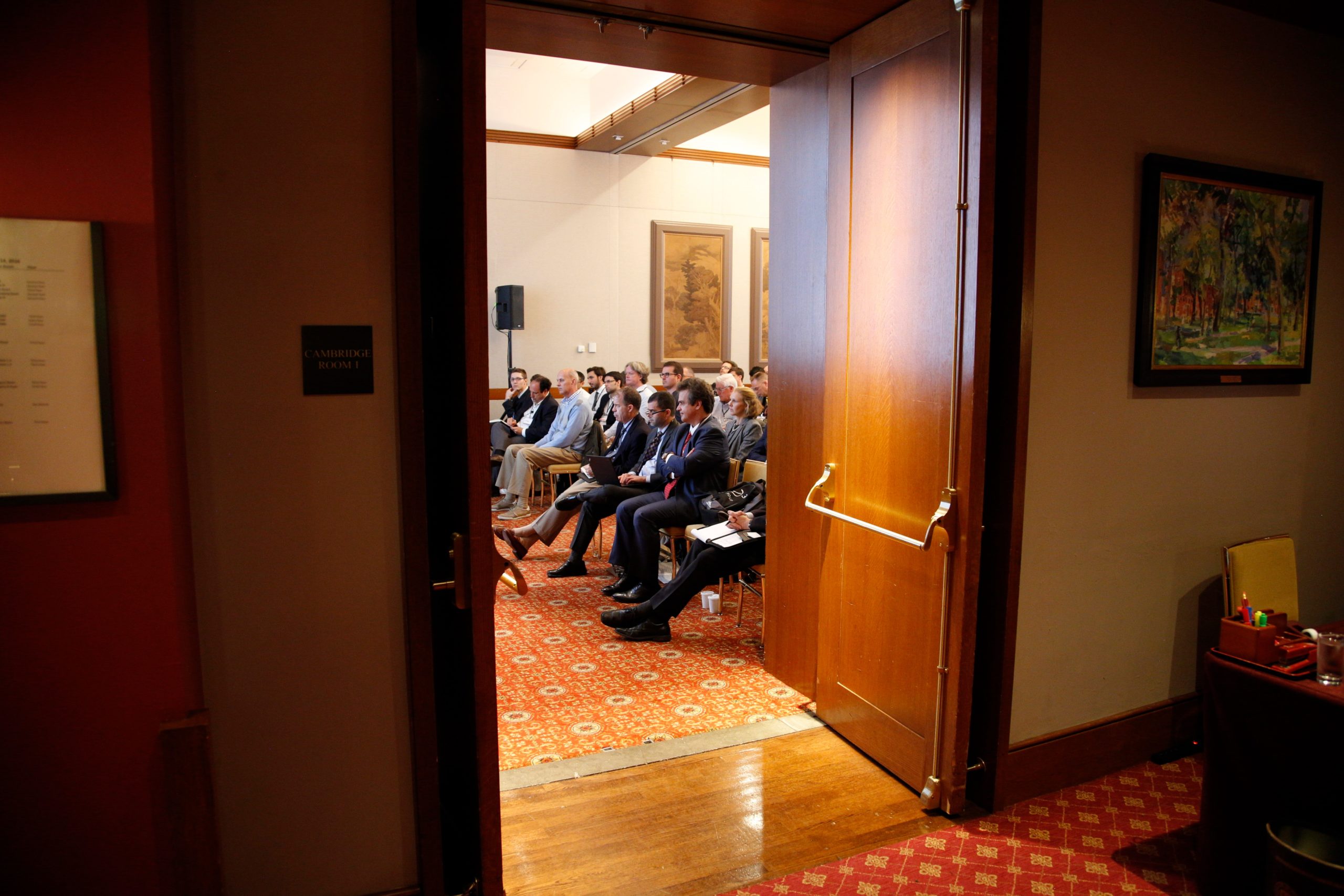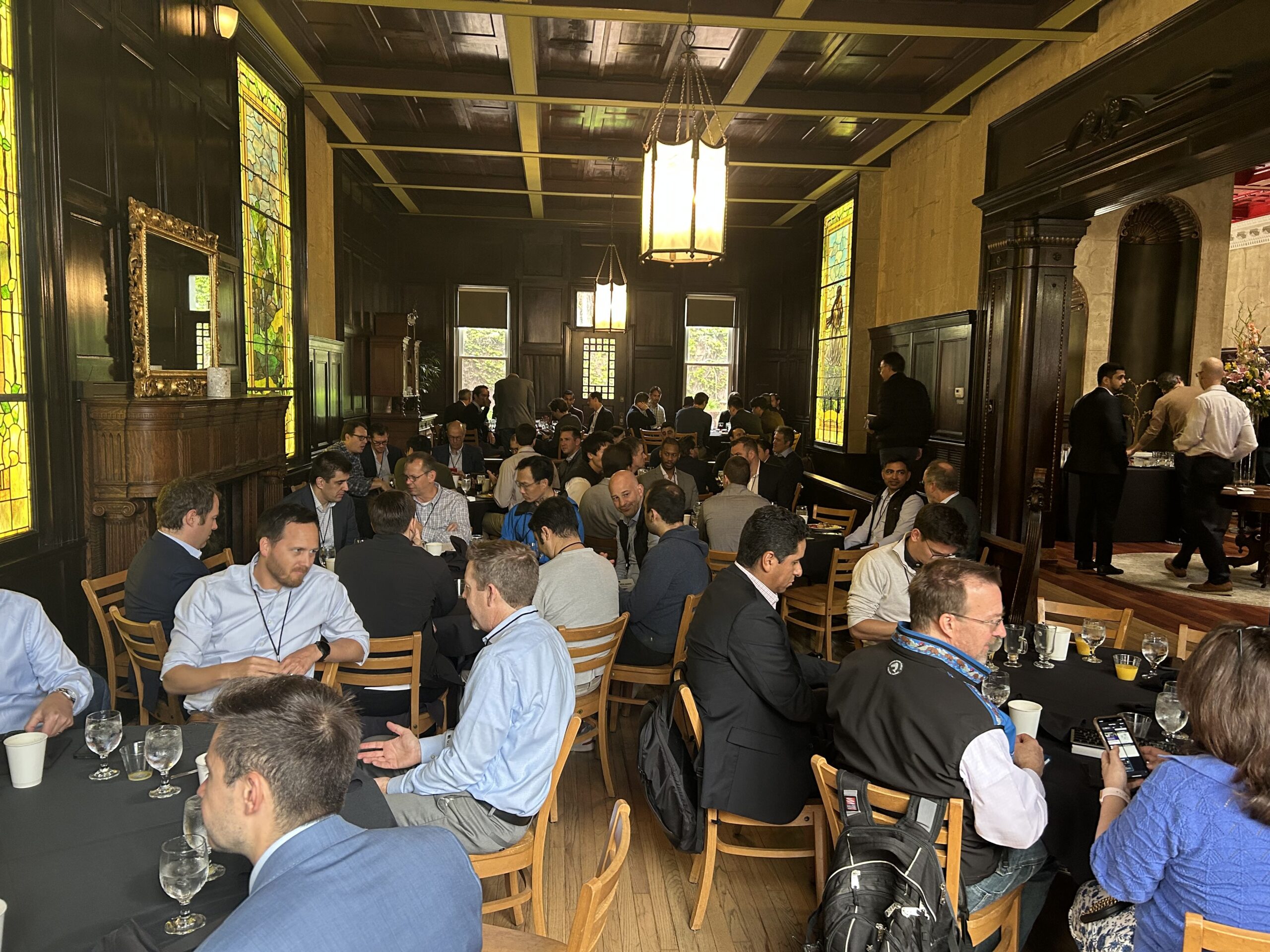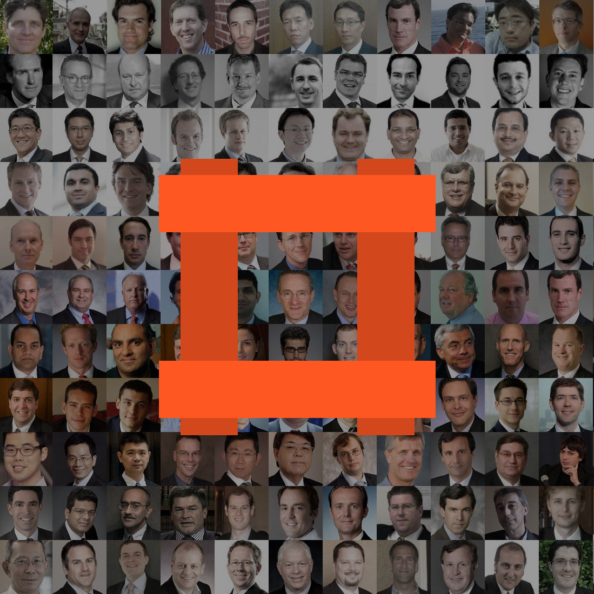This article is authored by MOI Global instructor Robert King, chief investment officer of Baskerville Capital Management. Robert is an instructor at Best Ideas 2018, the fully online conference featuring more than one hundred expert instructors from the MOI Global membership community.
These days, anyone can pull up a Bloomberg terminal and screen for companies that are selling at a low price to free cash flow multiple or a significant discount to book value. Now, that’s a perfectly fine starting point for research, and there’s nothing wrong with investing this way. It’s how most of us find our way into the value investing world in the first place. (As someone with a science and mathematics background, I have to admit that it is also deeply compelling for its quantitative rigor.) It has also worked for generations of value investors, including Walter Schloss, who was able to achieve a 15% compound annual return over the course of more than four decades!
Notably, there are some drawbacks. It is hard to have a differentiated edge there aside from time horizon arbitrage and hoping for a return to the mean. Over time, as the cost of access to information has dropped due to the internet, the barrier to entry to this type of investing has also dropped. Moreover, this type of investing is likely more susceptible to disintermediation by computer algorithms. If patience and an iron stomach for volatility are critical to this type of investing, it is hard to compete against a computer which has no real concept of time or fear. That is to say, while the method still undoubtedly works, it is highly possible that some of the excess returns to this approach have been competed away. What’s an enterprising investor to do under such circumstances?
I think the answer is to look beyond the numbers by engaging in some systems thinking. Systems thinking is a method of trying to understand a system by examining the linkages and interactions between components that comprise the entirety of the defined system. Basically, you try to understand each unit of the system in relation to its environment so that you can understand whatever complex interactions might be happening within that system. As it relates to investing, systems thinking allows us to better understand how companies create value for their customers and suppliers, and that translates into a better understanding of a company’s competitive moat, the resilience of their free cash flow, and the risks inherent in their business.
A parallel to biology exists here. We can think of an industry as a giant ecosystem and attempt to figure out how each of the ecosystem’s constituent parts interrelate and interact over time. As we learn about the history of how an industry’s “ecosystem” has formed, and the possible path dependencies, we can better judge how various changes to that system might affect the overall profitability of the industry and the individual companies within that system. This provides us with a sustainable edge because viewing investments in this manner requires a certain amount of multidisciplinary thinking that is rarely found and difficult for most people to implement.
As a practical example, we can look at the development of the cable industry. The cable industry sprung into existence because over-the-air (“OTA”) broadcasts had gaps in their coverage. Rural consumers couldn’t access OTA broadcasts, so cable companies stepped in to fill the gap. They built antennas to catch the signal and lay cables to bring that signal directly to their rural consumers. Now, the cable industry, and a particularly fantastic manager named John Malone, was smart enough to realize that there was an untapped vertical hidden in their cable networks. As the cable companies charged consumers a fee to receive a return on their investment in antennas and cables, they figured out that they had a chance to monetize their captive audience by providing more entertainment than just the Big Three television networks.
The important epiphany at this point was that the relationship between content providers and cable companies was akin to eBay’s two-sided network effect. Malone’s genius was to go to nascent content companies and tell them that they could be let onto his cable network so long as he was able to invest in those content companies at attractive valuations. Once the content company was let onto the network, a flurry of network benefits kicked in on both sides. The cable companies immediately became more valuable because they could now differentiate themselves from OTA television by offering more choices of programming. This helped grow subscribers immensely beyond their initial rural customers and also helped them justify the growing cost of their service. Additionally, this created an incredible push towards acquisition because the larger companies, by virtue of extracting monopoly-type profits, could greatly increase their competitive advantage over smaller rivals by reinvesting those monopoly-sized profits to broaden their programming base.
Content companies also immediately became more valuable because they had an embedded two-sided network of their own where the greater their reach, the more valuable their advertising became. Moreover, once they signed up a few cable operators, they increased their bargaining leverage over other cable operators because cable operators had to compete against satellite providers on the breadth of their programming. In a foreshadowing of things to come, satellite companies had national coverage, which meant that they were a formidable and credible threat to cable companies, which only had regional coverage.
Eventually, content companies came to realize that they were in the position of the peddlers of technology to the old textile mills, as Berkshire Hathaway noted in its 1985 Annual Report:
“Over the years, we had the option of making large capital expenditures in the textile operation that would have allowed us to somewhat reduce variable costs. Each proposal to do so looked like an immediate winner. Measured by standard return-on-investment tests, in fact, these proposals usually promised greater economic benefits than would have resulted from comparable expenditures in our highly-profitable candy and newspaper businesses. But the promised benefits from these textile investments were illusory. Many of our competitors, both domestic and foreign, were stepping up to the same kind of expenditures and, once enough companies did so, their reduced costs became the baseline for reduced prices industrywide. Viewed individually, each company’s capital investment decision appeared cost-effective and rational; viewed collectively, the decisions neutralized each other and were irrational (just as happens when each person watching a parade decides he can see a little better if he stands on tiptoes). After each round of investment, all the players had more money in the game and returns remained anemic.”
Once content companies became large enough, they were able to shift the competitive dynamic in their favor by pushing through large increases in affiliate fees. Of course, while textile mills were largely commoditized operations, cable companies were, at this point, local monopolies, so the economics of the companies have still been decent.
Fast forward to the present day, and the industry is undergoing another structural change. Befitting an ecosystem that resembles the predator-prey oscillations found in biology, the pendulum has begun to swing the other way. Content companies acquired or developed both “premium” and “non-premium” content companies along the way to our current situation. As the industry grapples with how to adapt to over-the-top (“OTT”) distribution, the landscape for content companies is going to shift in a pretty dramatic way. Content companies passed through too much price increase for not enough value provided. Think of ESPN with its $7 fee per subscriber where only 20% of the population watches. Four subscribers are subsidizing that fifth subscriber, and they are rightly pissed off about it. Moreover, who watches that fourth Disney channel that finds itself stuffed into your package tier lest the cable provider loses access to ESPN or ABC?
In my estimation, the content companies no longer have the same leverage that they once did because they’re being squeezed at two ends. Similar to satellite, the OTT companies have massive reach in that they’re not constrained by any of the regional considerations of cable companies, and they’re not even constrained by the national considerations of satellite providers. Netflix, Amazon, and Google are global players with the ability to have very attractive unit economics. For instance, Netflix can spend $8 billion on content because they can spread that cost amongst 110 million subscribers. These OTT providers are essentially super-competitors, and content companies have to contend with them because leisure time is finite. The OTT guys have a better cost structure. They’re more efficient organisms. Very few of the content companies can effectively compete against OTT. (Maybe Disney has a shot because you need content that is widely distributable and/or appreciate across borders. You have to find some way to compete against those fantastic unit economics.)
Content companies can no longer press their luck with the cable companies, because cord-cutting probably hurts the content companies more than the cable companies — cable companies aren’t making much on the video product anyway, and they’ve got a lock on broadband which is much higher margin. Importantly, for cable companies, the relationship between them and the OTT providers is not the same as the one between them and traditional content providers. There’s no Persian Messenger Syndrome where people get mad at the cable company for the bill rather than Disney or CBS in an OTT world. There’s not the “profit splitting” aspect that comes up when you think about cable and video. No one blames Comcast for the fact that Netflix just raised its prices.
So that’s the state of the ecosystem right now. Content companies are in a somewhat precarious position with a few notable exceptions. OTT companies that look like they’re spending irrationally may not be doing so because their content spend is simultaneously customer acquisition and spread out over a huge and growing subscriber base. Broadband companies are basically sitting pretty by providing a regulated monopoly on connectivity. Our job is to figure out who benefits from these changes. Some of the winners are easier to figure out than others, but a deep and thorough understanding of how the system works will provide us with the tools we need to evaluate this shifting landscape.


